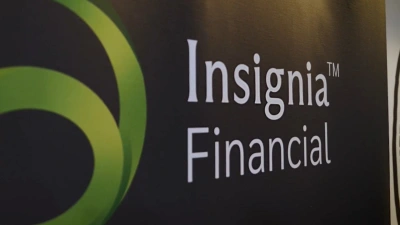Savings of $5.3 million needed to qualify as rich


Australians are needing to accumulate an average bank balance of $5.3 million in available savings to be considered rich by others, according to a wealth survey conducted by finder.com.au.
The survey found Australian respondents considered a fortune of $4.8 million for women and $5.9 million for men to be the new benchmark of ‘rich’ – more than seven times the current average Australian household wealth of $740,000.
Finder.com.au money expert, Bessie Hassan, said the shift from what had previously been considered wealthy 10 years ago was extreme.
“Gone are the days where being a millionaire was the benchmark of wealth. Now, you need to be a multi-millionaire to be considered rich in Australia, and this is just in savings alone,” she said.
“For many people across Australia, $5 million is an inconceivable sum. Saving that sort of money would be comparable to winning the lotto.”
The survey calculated an Australian on a salary of $79,721 who saved half of their net income would need 60 years and five months to accumulate the necessary funds to fall into the new definition of rich.
“You can be earning a six-figure income and still be clutching at straws,” said.
“Once you account for mortgage repayments or rent, household bills, travel, and the cost of having a family, there’s not a whole lot left over in savings.”
Former boom state Western Australia was found to have the highest definition of wealth, with $5.6 million needed to be counted, followed by New South Wales ($5.5 million).
Recommended for you
A financial advice firm has been penalised $11 million in the Federal Court for providing ‘cookie cutter advice’ to its clients and breaching conflicted remuneration rules.
Insignia Financial has experienced total quarterly net outflows of $1.8 billion as a result of client rebalancing, while its multi-asset flows halved from the prior quarter.
Prime Financial is looking to shed its “sleeping giant” reputation with larger M&A transactions going forward, having agreed to acquire research firm Lincoln Indicators.
An affiliate of Pinnacle Investment Management has expanded its reach with a London office as the fund manager seeks to grow its overseas distribution into the UK and Europe.















